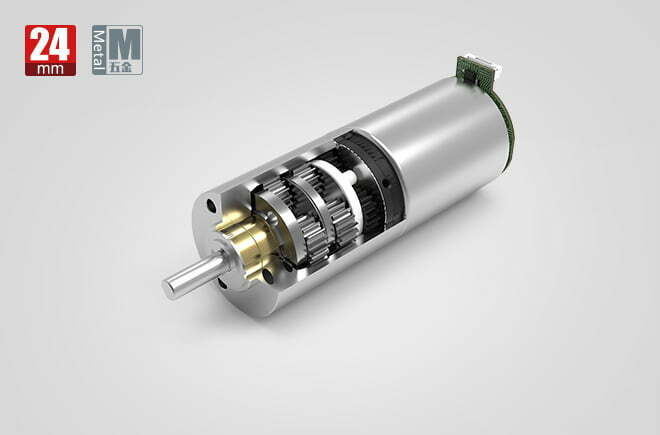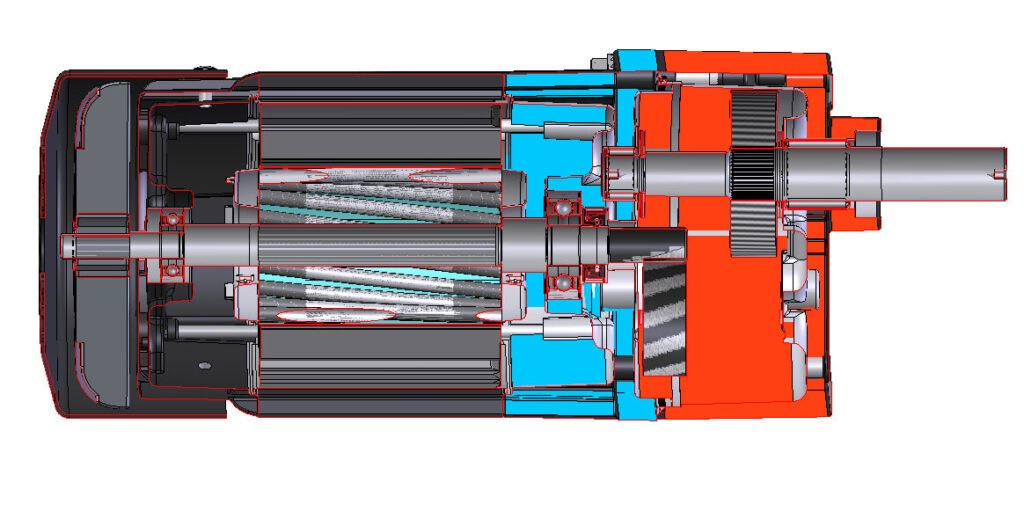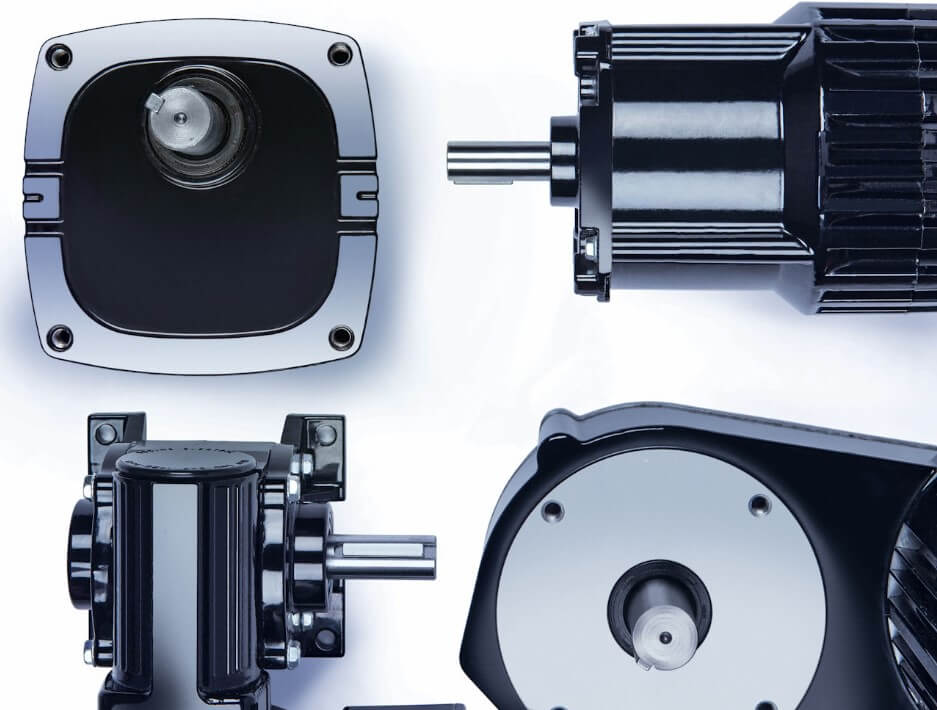Page Contents
ToggleWhat difference between gearbox and gear motor?
What’s the difference between gearbox and gear motor? Many people often confuse gearboxes and gear motors as being the same thing. Even gear manufacturers and engineers often get them wrong when they talk about them verbally. In this article, we are going to explain the correct definition of gearbox and gear motor, so that you will not confuse these two things.
What is a gearbox?
The most basic definition of a gearbox is that it is a contained set of gears, or a mechanical unit or component consisting of a series of gears integrated within a housing. In fact, the name itself defines what it is – a box containing gears. In the most basic sense, a gearbox functions like any gear system; it varies torque and speed between a drive device, such as a motor, and a load.
A gearbox is a relatively sophisticated machine that serves to match speed and transmit torque between a motor and a work machine or actuator. It is used for the purpose of reducing speed and increasing torque. It comes in various types and models, and different types have different uses.
According to the transmission type, it can be divided into gear reducer, worm gear reducer and planetary gear reducer; according to the different transmission stages, it can be divided into single-stage and multi-stage reducer; according to the gear shape, it can be divided into cylindrical gear reducer, bevel gear reducer and bevel-cylindrical gear reducer; according to the transmission arrangement form, it can be divided into unfolded reducer, parallel reducer and coaxial reducer.

What is a gear motor?
A geared motor (or gear motor) is a small electric motor (AC induction, permanent magnet DC or brushless DC) designed with an integral (non-separable) gear reducer (gear head) attached. The motor drive side shroud (light blue, below) is designed to provide a dual function. The motor-facing side provides armature/rotor bearing support and sealing provisions, through which the integral rotor or armature shaft pinion passes. The other side of the motor end cover provides multiple bearing supports for the gear itself and sealing and fastening provisions for the gearbox (pictured below in orange). This construction provides many benefits to the user and eliminates the guesswork of sizing the motor and gear reducer yourself.

Benefits of Geared Motors.
- Applications that use the correct size motor and gearbox combination help extend the life of the gearbox and allow for optimal power management and power utilization. Traditionally, design engineers have oversized motors and gearboxes to increase the “safety factor”.
- Quieter operation due to integral castings and integral pinions, ground or hobbed on the armature or rotor shaft. Fewer parts to assemble for “near perfect” alignment of rotor, pinion and gear system.
- Minimal risk of lubricant leakage due to the “O-ring” and lip seal construction. Designs can be more compact and lubrication can be better controlled (for various mounting configurations).
- Geared motors eliminate the need for a motor/reducer coupling and eliminate any potential bearing alignment problems that are common when the motor and reducer are bolted together by the end user (detachable reducers). Misalignment can cause the bearings to fail due to frictional corrosion.
- Separable motor and gearbox solutions make more sense in larger overall horsepower (>1 HP) applications. For example, when a 100 lb motor is mounted on a 500 lb gearbox ……

Conclusion.
A gearbox is not an gear motor. An electric gear motor is an electromagnetic device that enhances the conversion or transmission of electrical energy according to the laws of electromagnetic induction. Electric motors are also commonly referred to as motors. A reducer is a power transmission mechanism that uses a gear reducer to slow down a motor to a desired number of revolutions and to obtain a greater torque. Simply put, it is the transmission device in the middle of the motor and the mechanical equipment, which is used in large equipment, mainly to convert the speed of the motor into torque.




